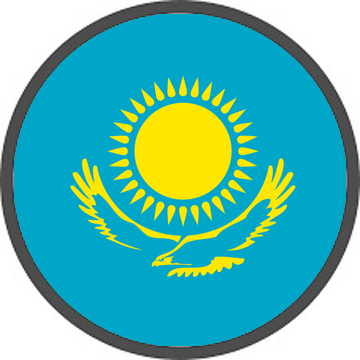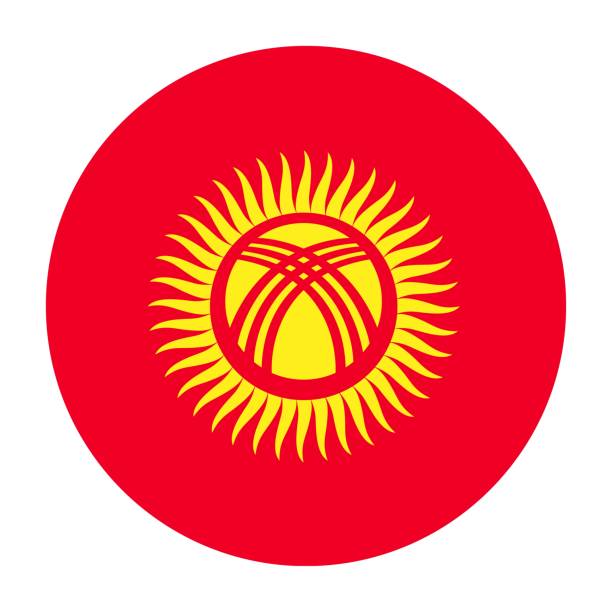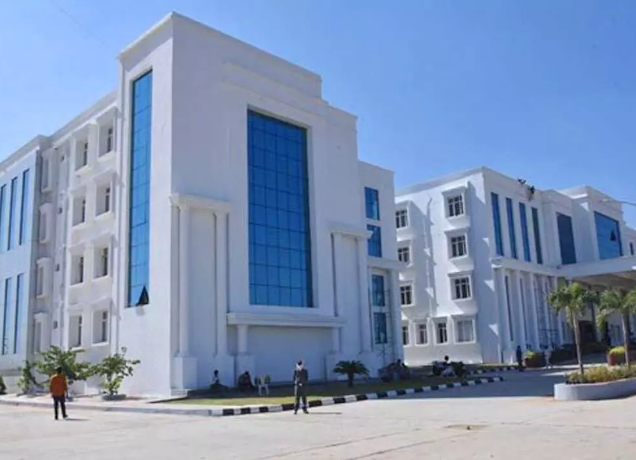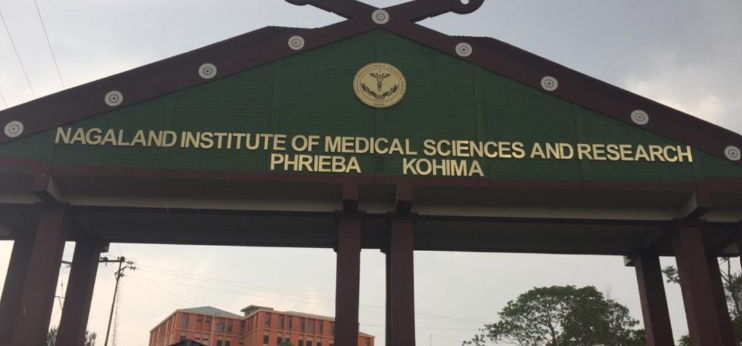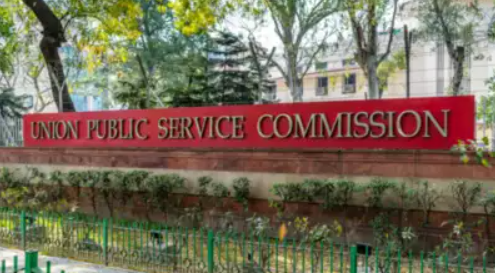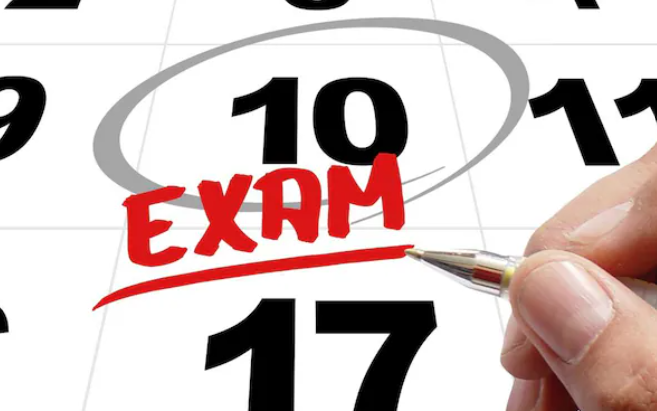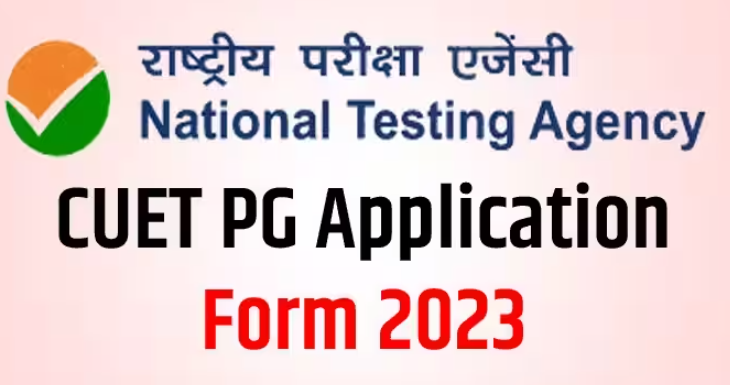| 106 |
Amrita School of Dentistry, Kochi Annoor |
Kerala |
| 107 |
Dental College & Hospital, Ernakulam |
Kerala |
| 108 |
Azeezia College of Dental Sciences & Research, Kollam |
Kerala |
| 109 |
Govt. Dental College, Kottayam |
Kerala |
| 110 |
Govt. Dental College, Kozhikode |
Kerala |
| 111 |
Govt. Dental College, Trivandrum |
Kerala |
| 112 |
Kannur Dental College, kannur |
Kerala |
| 113 |
KMCT Dental College, Calicut |
Kerala |
| 114 |
Malabar Dental College & Research Centre, Malappuram |
Kerala |
| 115 |
Mar Baselios Dental College Kothamangalam |
Kerala |
| 116 |
MES Dental College, Malappuram |
Kerala |
| 117 |
Noorul Islam College of Dental Sciences, Trivandrum |
Kerala |
| 118 |
PMS College of Dental Science & Research, Thiruvananthpuram |
Kerala |
| 119 |
PSM College of Dental Sciences & Research, Trichur |
Kerala |
| 120 |
Pushpagiri College of Dental Sciences, Tiruvalla |
Kerala |
| 121 |
Royal Dental College, kerala Sree Anjaneya Medical Trust, Calicut |
Kerala |
| 122 |
Sri Sankara Dental College, Thiruvananthapuram |
Kerala |
| 123 |
St. Gregorios Dental College, Ernakulam |
Kerala |
| 124 |
Bhabha College of Dental Sciences, Bhopal |
Madhya Pradesh |
| 125 |
College of Dental Sciences & Hospital Indore |
Madhya Pradesh |
| 126 |
College of Dentistry- Indore |
Madhya Pradesh |
| 127 |
Hitkarini Dental College & Hospital, Jabalpur |
Madhya Pradesh |
| 128 |
Index Institute of Dental Sciences, Indore |
Madhya Pradesh |
| 129 |
Maharana Pratap College of Dentistry & Research Centre, Gwalior |
Madhya Pradesh |
| 130 |
Mansarover Dental College, Bhopal |
Madhya Pradesh |
| 131 |
Modern Dental College & Research Centre, Indore |
Madhya Pradesh |
| 132 |
People’s Dental Academy, Bhopal |
Madhya Pradesh |
| 133 |
Peoples College of Dental Sciences & Research Centre, Bhopal |
Madhya Pradesh |
| 134 |
Rishiraj College of Dental Sciences & Research Centre, Bhopal |
Madhya Pradesh |
| 135 |
RKDF Dental College & Research Centre, Bhopal |
Madhya Pradesh |
| 136 |
Sri Aurobindo College of Dentistry, Indore |
Madhya Pradesh |
| 137 |
Aditya Dental College, Beed |
Maharashtra |
| 138 |
Annasaheb Chudaman Patil Memorial Dental College, Dhule |
Maharashtra |
| 139 |
Armed Forces Medical College, Pune-1 |
Maharashtra |
| 140 |
Bharati Vidyapeeth Dental College & Hospital, Navi Mumbai |
Maharashtra |
| 141 |
Bharati Vidyapeeth Dental College & Hospital, Pune |
Maharashtra |
| 142 |
Bharati Vidyapeeth Dental College & Hospital, Sangli |
Maharashtra |
| 143 |
Chatrapati Shahu Maharaj ShikshanSanstha’s Dental College & Hospital, Aurangabad |
Maharashtra |
| 144 |
D.Y. Patil Dental School, Pune |
Maharashtra |
| 145 |
Dr. Hedgewar Smruti Rugna Seva Mandals Dental |
Maharashtra |
| 146 |
Dr. Rajesh Ramdasji Kambe Dental College & Hospital, Akola |
Maharashtra |
| 147 |
Govt. Dental College & Hospital,Aurangabad |
Maharashtra |
| 148 |
Govt. Dental College & Hospital Mumbai |
Maharashtra |
| 149 |
Govt. Dental College & Hospital, Nagpur |
Maharashtra |
| 150 |
Late Shri Yashwantrao Chavan Memorial Medical & Rural Development Foundation’s Dental College & Hospital,
Ahmednagar |
Maharashtra |
| 151 |
Maharashtra Institute of Dental Sciences & Research (Dental College) |
Maharashtra |
| 152 |
Mahatma Gandhi Vidya Mandir’s Dental College & Hospital, Nashik |
Maharashtra |
| 153 |
Nair Hospital Dental College, Mumbai |
Maharashtra |
| 154 |
Padmashree Dr. D.Y. Patil Dental College & Hospital, Navi Mumbai |
Maharashtra |
| 155 |
Pandit Dindayal Upadhyay Dental College,Solapur |
Maharashtra |
| 156 |
Rural Dental College, Loni |
Maharashtra |
| 157 |
S.M.B.T. Dental College & Hospital, Amrutnagar |
Maharashtra |
| 158 |
Saraswati Danwantri Dental College & Hospital, Parbhani |
Maharashtra |
| 159 |
School of Dental Sciences, Krishna |
Maharashtra |
| 160 |
Institute of Medical Sciences, Karad |
Maharashtra |
| 161 |
Sharad Pawar Dental College & Hospital, Wardha |
Maharashtra |
| 162 |
Sinhgad Dental College & Hospital,Pune |
Maharashtra |
| 163 |
SMBT Institute of Dental Sciences and Research, Nandihills, Nashik |
Maharashtra |
| 164 |
Swargiya Dadasaheb Kalmegh Smruti Dental College & Hospital, Nagpur |
Maharashtra |
| 165 |
Tatyasaheb Kore Dental College & Research Centre, New Pargaon |
Maharashtra |
| 166 |
Terna Dental College & Hospital, Navi Mumbai |
Maharashtra |
| 167 |
Vasantdada Patil Dental College and Hospital, Sangli |
Maharashtra |
| 168 |
Vidarbha Youth Welfare Society’s Dental College & Hospital, Amravati |
Maharashtra |
| 169 |
VSPM’s Dental College & Research Centre, Nagpur |
Maharashtra |
| 170 |
Yerala Medical Trust & Research Centre’s Dental College & Hospital, Navi Mumbai |
Maharashtra |
| 171 |
Yogita Dental College & Hospital, Ratnagiri |
Maharashtra |
| 172 |
Institute of Dental Sciences, Bhubaneswar |
Odisha |
| 173 |
Kalinga Institute of Dental Sciences, Bhubaneswar |
Odisha |
| 174 |
S.C.B. Dental College & Hospital, Cuttack |
Odisha |
| 175 |
Indira Gandhi Institute of Dental Sciences, Pondicherry |
Pondicherry |
| 176 |
Mahe Institute of Dental Sciences & Hospital, Mahe |
Pondicherry |
| 177 |
Adesh Institute of Dental Sciences & Research, Bathinda |
Punjab |
| 178 |
Baba Jaswant Singh Dental College Hospital & Research Institute, Ludhiana |
Punjab |
| 179 |
Dasmesh Institute of Research & Dental Sciences, Faridkot |
Punjab |
| 180 |
Desh Bhagat Dental College & Hospital, Mandi |
Punjab |
| 181 |
Gobindgarh Genesis Institute of Dental Sciences & Research, Ferozepur |
Punjab |
| 182 |
Guru Nanak Dev Dental College & Research Institute, Sunam |
Punjab |
| 183 |
National Dental College & Hospital, Gulabgarh |
Punjab |
| 184 |
Sri Guru Ram Das Institute of Dental Sciences & Research, Amritsar |
Punjab |
| 185 |
Darshan Dental College & Hospital, Udaipur |
Rajasthan |
| 186 |
Daswani Dental College & Research Centre, Kota |
Rajasthan |
| 187 |
Geetanjali Dental & Research Institute, Udaipur |
Rajasthan |
| 188 |
Govt. Dental College & Hospital, Jaipur |
Rajasthan |
| 189 |
Jaipur Dental College, Jaipur |
Rajasthan |
| 190 |
Jodhpur Dental College General Hospital, Jodhpur |
Rajasthan |
| 191 |
Maharaja Ganga Singh Dental College & Research Centre, Sri Ganganagar |
Rajasthan |
| 192 |
Mahatma Gandhi Dental College & Hospital, Sitapura, Jaipur |
Rajasthan |
| 193 |
NIMS Dental College, Jaipur 204 Pacific Dental College & Research Centre |
Rajasthan |
| 194 |
Pacific Dental College, udaipur |
Rajasthan |
| 195 |
Surendera Dental College & Research Institute, Sri Ganganagar |
Rajasthan |
| 196 |
Rajasthan Dental College & Hospital, Jaipur |
Rajasthan |
| 197 |
Vyas Dental College & Hospital, Jodhpur |
Rajasthan |
| 198 |
Adhiparasakthi Best Dental Science College, Madurai |
Tamil Nadu |
| 199 |
Chettinad Dental College & Research Institute, Kancheepuram |
Tamil Nadu |
| 200 |
Dental College & Hospital, Melmaruvathur |
Tamil Nadu |
| 201 |
CSI College of Dental Sciences & Research, Madurai |
Tamil Nadu |
| 202 |
Faculty of Dentistry, Rajah |
Tamil Nadu |
| 203 |
Muthiah Dental College & Hospital, AnnamalaiNagar |
Tamil Nadu |
| 204 |
Ragas Dental College & Hospital, Chennai |
Tamil Nadu |
| 205 |
JKK Natrajah Dental College & Hospital, Komarapalayam |
Tamil Nadu |
| 206 |
K.S.R. Institute of Dental Science & Research, Tiruchengode |
Tamil Nadu |
| 207 |
Karpaga Vinayaga Institute of Dental Sciences, Kanchipuram |
Tamil Nadu |
| 208 |
Madha Dental College & Hospital, Kundrathur |
Tamil Nadu |
| 209 |
Meenakshi Ammal Dental College & Hospital, Chennai |
Tamil Nadu |
| 210 |
R.V.S. Dental College & Hospital, Sulur |
Tamil Nadu |
| 211 |
Rajas Dental College & Hospital, Kavalkinaru |
Tamil Nadu |
| 212 |
Jn S.R.M. Dental College, Ramapuram, Chennai |
Tamil Nadu |
| 213 |
Sathyabama University Dental College and Hospital, Chennai |
Tamil Nadu |
| 214 |
Saveetha Dental College & Hospital, Chennai |
Tamil Nadu |
| 215 |
Sree Balaji Dental College & Hospital, Narayanpuram |
Tamil Nadu |
| 216 |
Sree Mookambika Institute of Dental Sciences, Kulasekharam |
Tamil Nadu |
| 217 |
Sri Ramachandra Dental College & Hospital, Porur |
Tamil Nadu |
| 218 |
Sri Ramakrishna Dental College & Hospital, Coimbatore |
Tamil Nadu |
| 219 |
Sri Venkateswara Dental College & Hospital, Kancheepuram |
Tamil Nadu |
| 220 |
SRM Kattankulathur Dental College & Hospital, Kanchipuram |
Tamil Nadu |
| 221 |
Tagore Dental College & Hospital, Chennai Tamil Nadu |
Tamil Nadu |
| 222 |
Government Dental College & Hospital, Chennai |
Tamil Nadu |
| 223 |
Thai Moogambigai Dental College & Hospital, Chennai |
Tamil Nadu |
| 224 |
Vinayaka Mission’s Sankarachariyar Dental College, Salem |
Tamil Nadu |
| 225 |
Vivekanandha Dental College for Women, Elayampalayam |
Tamil Nadu |
| 226 |
Army College of Dental Sciences, Secunderabad |
Telangana |
| 227 |
Government Dental College and Hospital, Hyderabad |
Telangana |
| 228 |
Kamineni Institute of Dental Sciences, Nalgonda |
Telangana |
| 229 |
Malla Reddy Institute of Dental Sciences, Hyderabad |
Telangana |
| 230 |
Mamata Dental College, Khamam |
Telangana |
| 231 |
Meghna Institute of Dental Sciences, Nizamabad |
Telangana |
| 232 |
MNR DENTAL COLLEGE & HOSPITAL, MEDAK |
Telangana |
| 233 |
Panineeya Mahavidyalaya Institute of Dental Sciences & Research Centre, Hyderabad |
Telangana |
| 234 |
Sri Balaji Dental College, Hyderabad |
Telangana |
| 235 |
Sri Sai College of Dental Surgery, Vikarabad |
Telangana |
| 236 |
Sri Venkata Sai Institute of Dental Sciences, Hyderabad |
Telangana |
| 237 |
Babu Banarasi Das College of Dental Sciences, Lucknow |
Uttar Pradesh |
| 238 |
Career Institute of Dental Sciences & Hospital, Lucknow |
Uttar Pradesh |
| 239 |
Chandra Dental College & Hospital, safedabad |
Uttar Pradesh |
| 240 |
D.J. College of Dental Sciences & Research, Modi Nagar |
Uttar Pradesh |
| 241 |
Dental College Azamgarh Dr. Ziauddin Ahmad Dental College, Aligarh |
Uttar Pradesh |
| 242 |
Faculty of Dental Sciences, Banaras |
Uttar Pradesh |
| 243 |
Hindu University, Varanasi |
Uttar Pradesh |
| 244 |
Faculty of Dental Sciences, Lucknow |
Uttar Pradesh |
| 245 |
I.T.S. Centre for Dental Studies & Research, Ghaziabad |
Uttar Pradesh |
| 246 |
I.T.S. Dental College, Hospital & Research Centre, Gr. Noida |
Uttar Pradesh |
| 247 |
Inderprastha Dental College & Hospital, Ghaziabad |
Uttar Pradesh |
| 248 |
Institute of Dental Sciences, Bareilly |
Uttar Pradesh |
| 249 |
Institute of Dental Studies & Technology, Modinagar |
Uttar Pradesh |
| 250 |
K.D. Dental College, Mathura |
Uttar Pradesh |
| 251 |
Kalka Dental College & Hospital Meerut |
Uttar Pradesh |
| 252 |
Kothiwal Dental College & Research Centre, Moradabad |
Uttar Pradesh |
| 253 |
Rama Dental College, Hospital & Research Centre, Kanpur |
Uttar Pradesh |
| 254 |
Santosh Dental College & Hospital, Ghaziabad |
Uttar Pradesh |
| 255 |
Saraswati Dental College, Lucknow |
Uttar Pradesh |
| 256 |
Sardar Patel Post Graduate Institute of Dental & Medical Sciences, Lucknow |
Uttar Pradesh |
| 257 |
School of Dental Sciences, Greater Noida |
Uttar Pradesh |
| 258 |
Shree Bankey Bihari Dental College & Research Centre, Masuri |
Uttar Pradesh |
| 259 |
Subharati Dental College, Meerut |
Uttar Pradesh |
| 260 |
Teerthanker Mahaveer Dental College & Research Centre, Moradabad |
Uttar Pradesh |
| 261 |
Seema Dental College & Hospital, Rishikesh |
Uttar Pradesh |
| 262 |
Uttaranchal Dental College & Medical Research Institute, Dehradun |
Uttar Pradesh |
| 263 |
Dr. R. Ahmed Dental College & Hospital, Calcutta |
West Bengal |
| 264 |
Gurunanak Institute of Dental Science & Research, Kolkatta |
West Bengal |
| 265 |
Haldia Institute of Dental Sciences and Research, Banbishnupur |
West Bengal |




